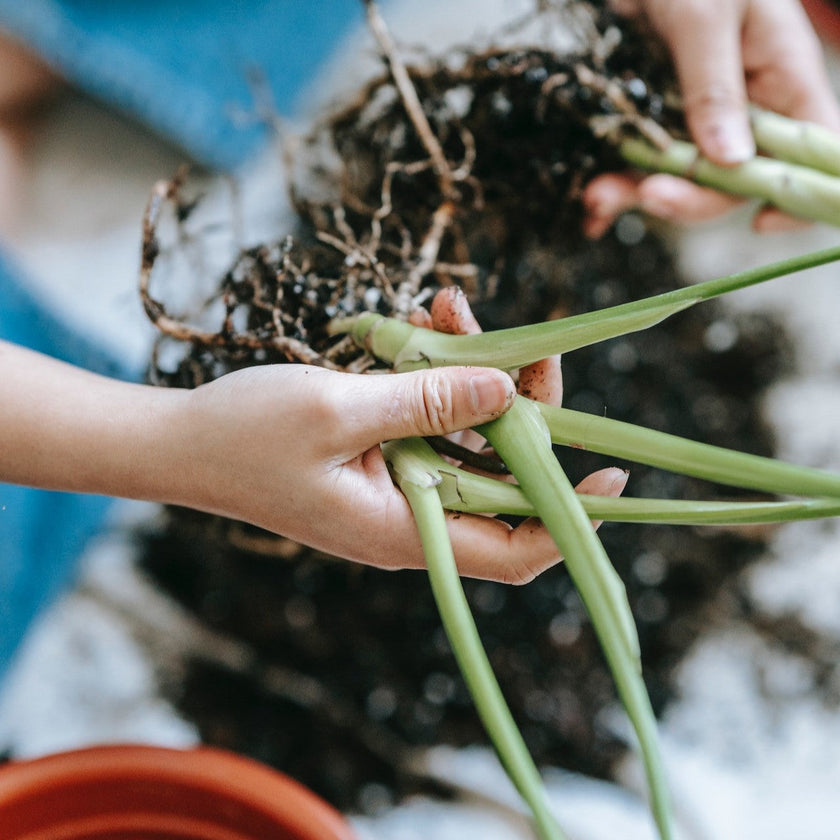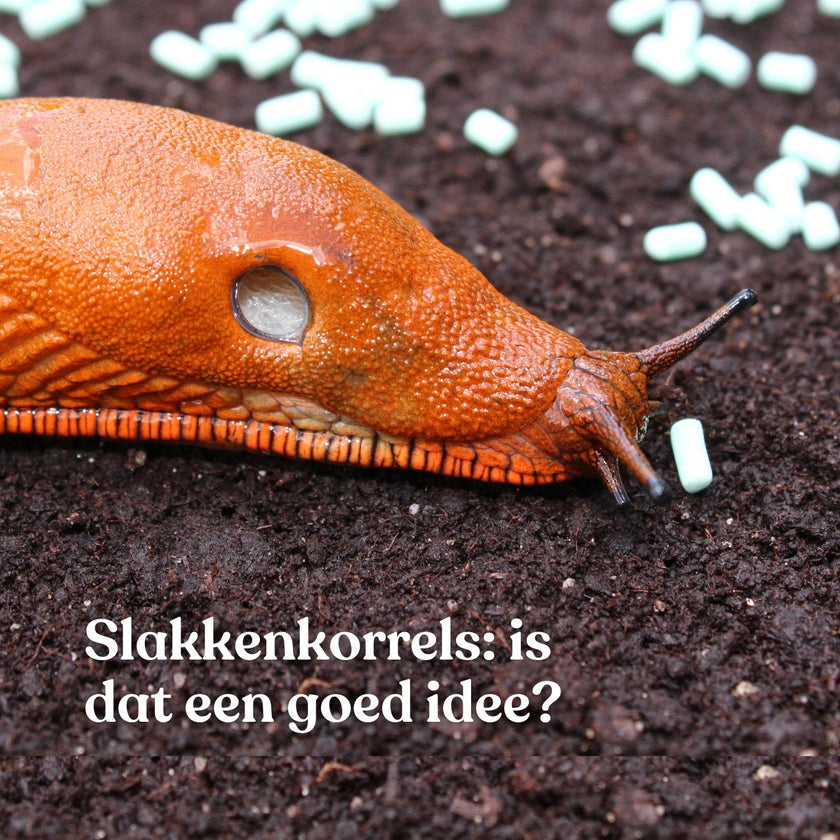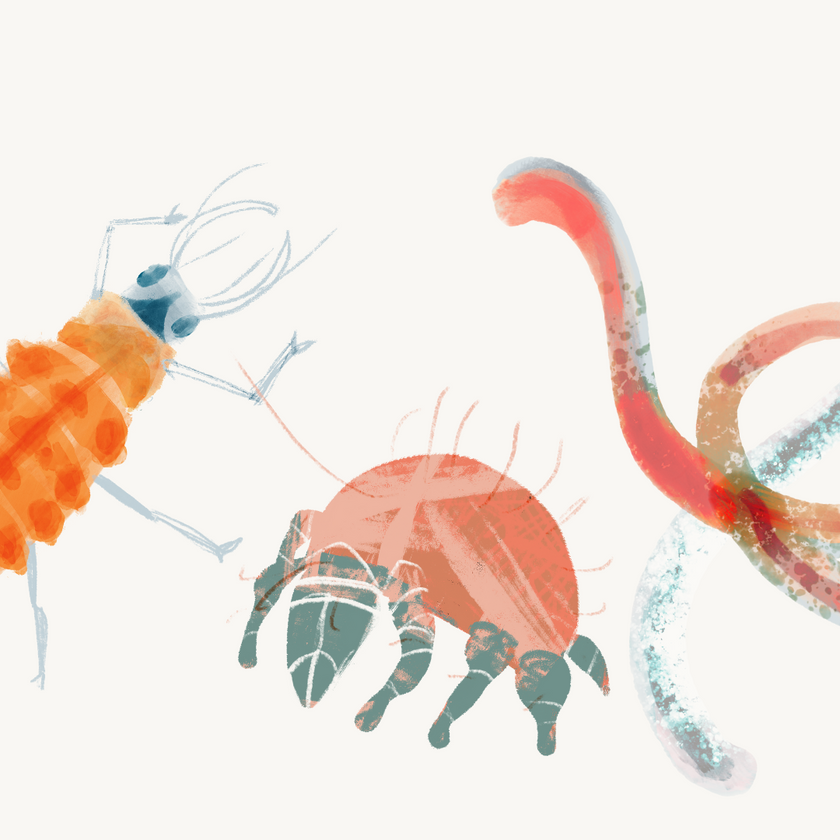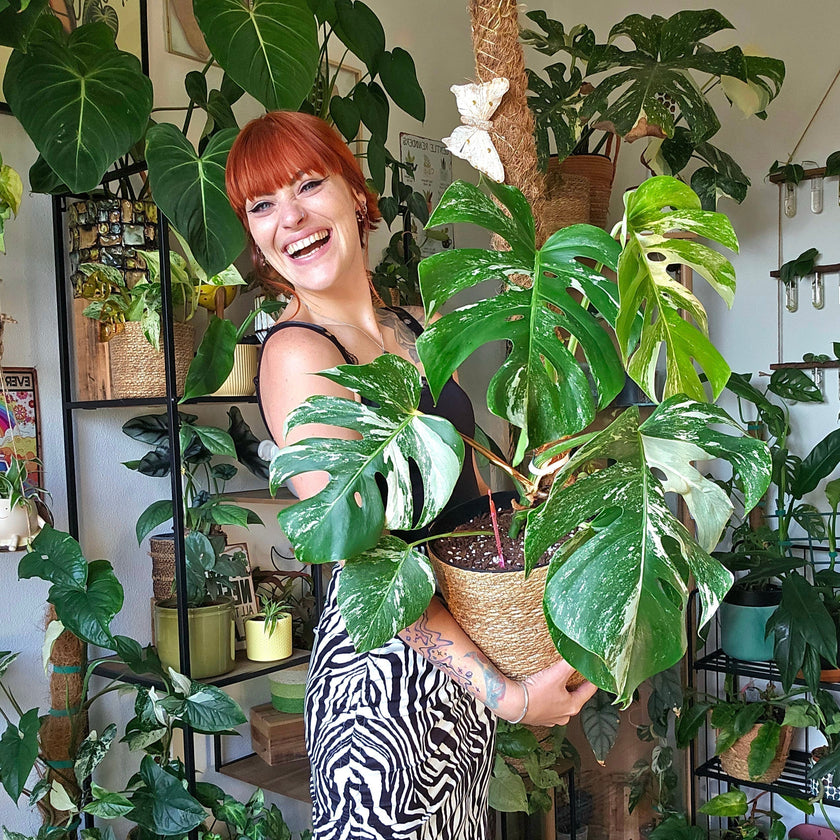
Every month we take a closer look at an Insect Hero. This month we zoom in on the impressive life of the wasp queen. One of the most misunderstood, but above all one of the most useful insects is under scrutiny, namely: the queen wasp. Here you can read the story about 'Queen' and how she built an empire on her own. Her smartness, perseverance and organizational skills play an essential role in surviving an ever-changing world. We wish you a lot of reading pleasure .
When the April sunrise shines its first rays over tall, stacked logs, something royal happens. The Wasp Queen, called 'Queen', awakens from her deep hibernation. Time to leave her hiding place and build her wasp kingdom in the fresh air of the early spring.
Her sisters were not as lucky. Where her little sister thought she was safe in compost heaps, she was tracked down by hay spiders and ate the little sister in her sleep. Her twin sister woke up due to the warm winter due to climate change and flew in confusion in search of food. She soon discovered that there was not enough food in the area to survive. Her two big sisters made it through the winter, but lost out to predators such as honey buzzards and woodpeckers. The last surviving sister was her sister-in-law. She found a beautiful farm to recuperate. It was teeming with spiders that walked over the still young harvest. Until they all ended up in a cloud of man-made pesticides, which were fanatically sprayed over the leaves.

Queen is now the last hope of her old colony. It's her job to build a new 'wasp kingdom'! After a long search, she comes across a beautiful tree whose hollow seems to offer the perfect place against wind, rain and enemies. She uses the surrounding pieces of wood and takes small bites of them to make a paper pulp in the chosen tree. Fifty hatcheries are the start of her empire.
An internal pot with saved sperm from last spring is taken out of the hive to lay ready-made eggs in the chambers. She produces 12 eggs in 20 minutes. In one week the eggs will turn into female larvae.
In the coming weeks, Queen will be responsible for more than fifty larvae, all of which need to eat. Every day she scours the land looking for small insects such as mosquitoes and caterpillars. And when the queen leaves the house, intruders climb the tree, such as mice. But with her sharpened sting she successfully defends her wasp kingdom.
All that feeding and fighting takes strength, but luckily she doesn't have to leave the hive for food. Her larvae secrete a sweet substance that gives the Queen enough sugars and energy to keep going. However, the larvae are not generous, because the sugar juice is only handed over in exchange for a juicy insect.
At the end of July the larvae have grown into adult workers. A female army now provides food collection, renovation and protection. The Queen now focuses entirely on laying eggs. The most important task at the moment, because the workers live for about three weeks. By continuing to lay eggs, the numbers grow until the nest forms the size of a basketball!
When all the eggs have been laid and the larvae have matured into adult wasps, the saying applies: 'the more the merrier /hunger'. And the appetite for sugar is great. Especially because there are no longer larvae that squeeze out the candy. For that reason, all the stings face the same direction and the wasps move to a small farm nearby.
During their trek they immediately encountered the most difficult hurdle in their search for sugar. People. Large, plastic, green or purple swatters come uncontrollably towards the wasps at high speed. One brother or sister is crushed, another barely manages to escape, but flies at full speed into a cloud of chemical pesticides, never to be found again. Unfortunately, the chemical spray causes more deaths than just the wasp.

'Why?!' Queen asks the people confused. 'The wasp is so vital to the ecosystem of the local food chain. As a top predator, we catch spiders, mosquitoes, caterpillars and mites, which not only gives us a full belly, but also keeps the farmer's vegetables and fruit clean. So naturally!'
The end of summer is in sight, Queen also knows. She lays new eggs in her hive, from which a new generation of wasp queens emerges. To protect and fertilize the future queens, she also lays eggs from which male wasps hatch. As winter approaches, the males die and the young queens find a place to hibernate. Maybe between those high, stacked logs...
Despite our love for the wasp, we understand that they can be a nuisance in the garden, on the terrace or on the balcony. In such situations we are happy to offer you the best tested wasp catcher that does not use chemicals. On the edge of the wasp catcher there are diagonally inserted openings through which only the wasp can enter. This shape only catches the wasp and leaves other beneficial insects such as butterflies and bees unharmed. Get nature on your team!
Vespa - against wasps – Insect Heroes

















































